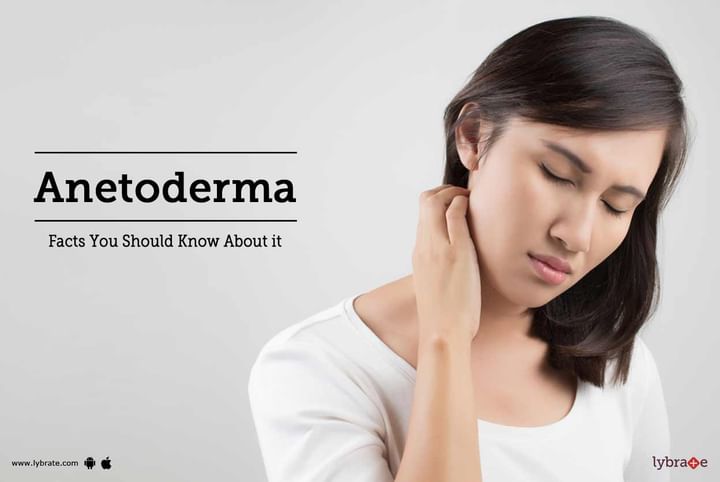Anetoderma - Facts You Should Know About it
Healthy skin is one that stays taut and firm. Anetoderma is a rare benign condition where the dermis loses elastic tissue. This results in the formation of a depression in the skin or flaccid skin. This condition is also known as macular atrophy, anetoderma maculosa, and atrophia maculosa cutis. Anetoderma is not contagious.
Women are at a higher risk of suffering from this condition than men. It usually affects people in their late teens and early twenties. Premature babies born with a very low birth weight are also susceptible to this condition. In rare cases, it can run in the family and affect identical twins.
Depending on how it is triggered, there are two types of Anetoderma; primary and secondary. Both forms of this condition may be associated with systemic diseases that include infections like leprosy, HIV and lyme disease, inflammatory or autoimmune conditions and medications like penicillamine.
Primary Anetoderma
This is marked by the spontaneous eruptions of lesions on the skin without any other symptoms. The cause for primary anetoderma has not yet been determined. The suggested causes include antiphospholipid antibodies, immunological abnormalities and reduced production of elastin. It has also been associated with cataract, bone calcifications, myocardial infarction and blegvad-haxthausen syndrome
Secondary Anetoderma
In this case, atrophic lesions are preceded by inflammatory or autoimmune processes. This usually occurs at the site of skin conditions such as chicken pox, syphilis, tumours, acne, infantile haemangioma etc.
Both types of anetoderma can occur simultaneously. The main symptoms of primary and secondary anetoderma are:
Small, round or oval lesions on the upper arms, upper body and thighs. These lesions rarely occur on the neck, face, palms and soles. They may be isolated to grouped together to give a patchy appearance.
1. Atrophic papules
2. Loss of elastic tissue in the skin
3. Fine, diffused wrinkling
Till date, there is no known cure for this disease. If the number of lesions is limited the doctor may look at surgical excision as an option. Different forms of medication have been experimented with, but have not given consistent results. Some of the types of medication prescribed include aspirin, penicillin, vitamin E, niacin, topical epsilon-aminocaproic acid and oral colchicines.
Some cases have also shown improvement on being treated with carbon dioxide fractional lasers and pulsed dye lasers. In cases of secondary anetoderma, successfully identifying and curing the underlying condition can clear up the lesions as well. If you wish to discuss about any specific problem, you can consult a dermatologist.



+1.svg)
